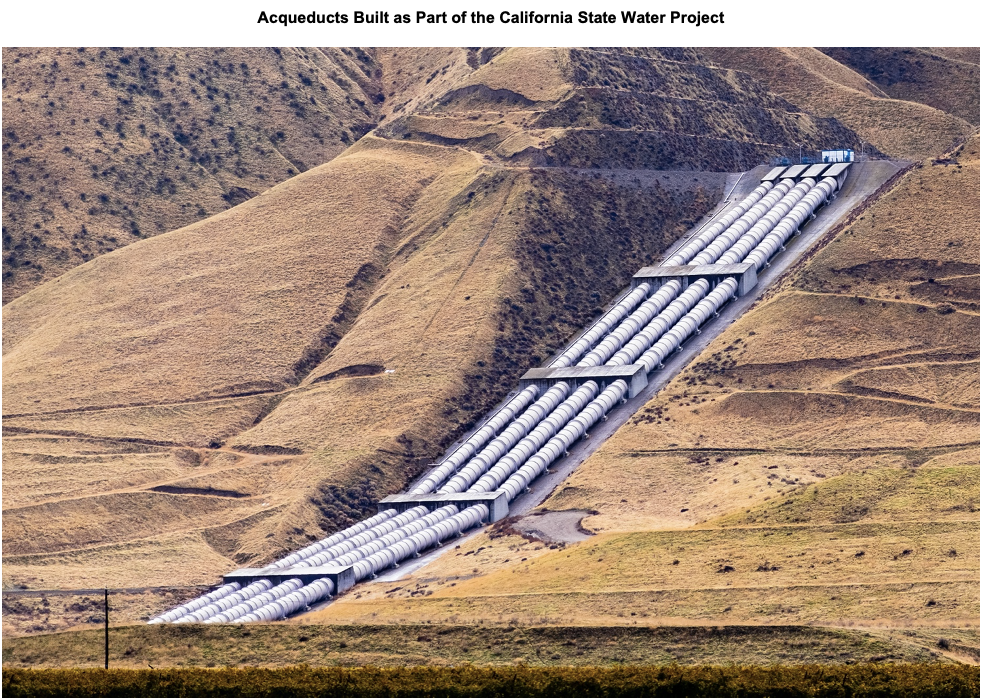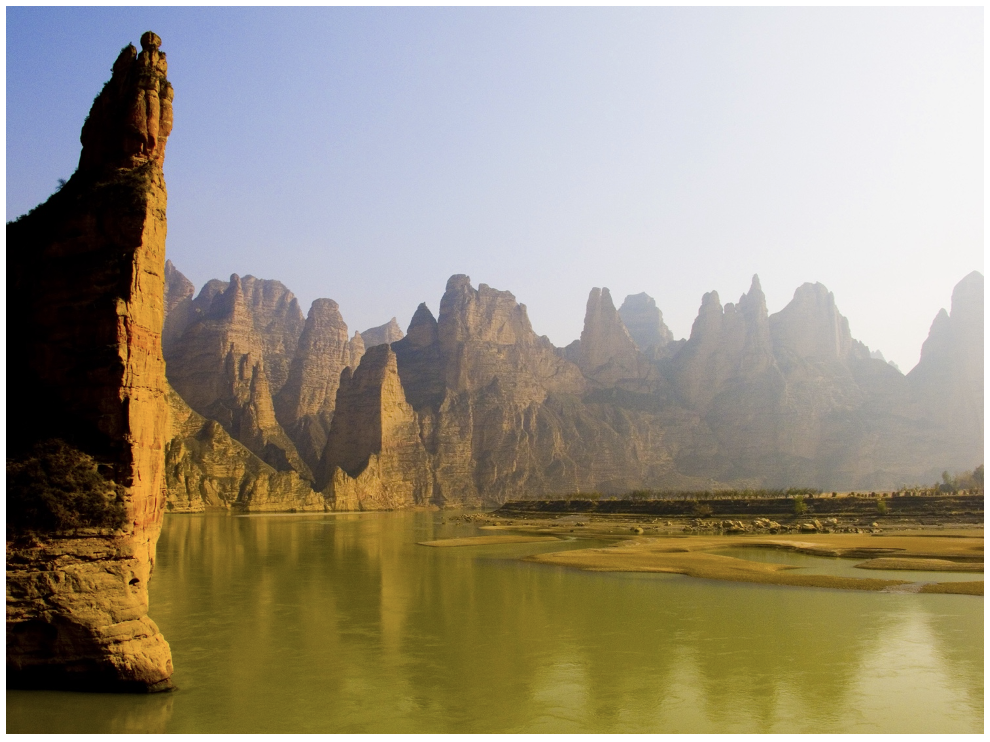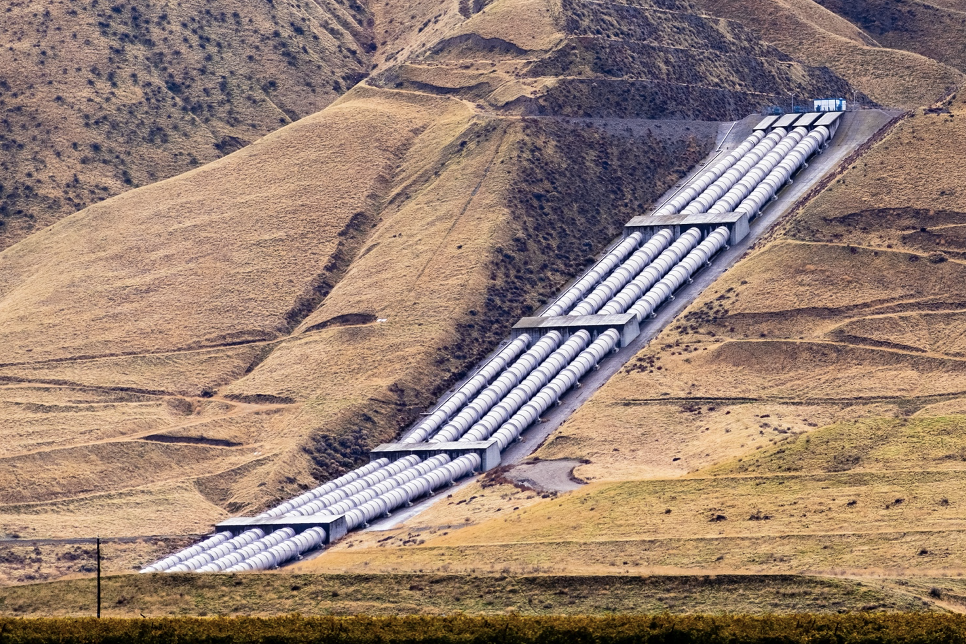- We’ve now looked at a range of arable crops from a Sustainable (Intensive) Agriculture standpoint.
- Our main considerations were greenhouse gas emissions, the environment, and yields.
- There’s another key factor, though; efficient water use.
Can You Answer This Question?
Across the next 30 years, the global population should increase to 10 billion people, up from 8 billion today. That’s a lot of extra mouths to feed and it’ll require further intensification of agriculture. Currently, agriculture accounts for around 70% of all freshwater usage. If we allow global warming to continue unabated, in the worst case, drought (and floods) will make some agricultural land unviable or less productive.
All the SIA ideas we’ve suggested in the last 25 articles will be reduced. Although we’ve suggested many methods in the these articles, food can’t be produced without abundant supplies of water, and one of the main drivers of yield increase (targeted more environmentally, of course) is fertilizer, which can’t function without moisture.
People need food, and food comes from water (be it rain-fed or from irrigation). I’m only talking about crops here. Livestock adds extra complications.
What’s the solution?
Being Realistic
The first part, perhaps, is to accept some realities.
There may be some opportunities to switch crops, and that can sometimes produce successful outcomes. There are also opportunities to switch water resources from areas of low productivity to those of high productivity. These can improve the livelihood of a farmer, which is also important in SIA.
The vast majority of the world, however, relies on their own staple food and proteins, and particularly starch sources from a limited range of crops: rice, potatoes, maize, oilseeds, and wheat.
In an ideal world, crops would be grown in the optimum climate and close to a food processor, but achieving this is impossible.
The second reality is that farmers, the agricultural industry at large, and other stakeholders, are primarily responsible for the issue of water use or abuse (not industry). In most cases, though, the scale of the challenge is too big for individual or groups of farmers. Help is needed because of the technical complexities, and also another driver: money.
There are several parallel themes we must explore but we’ll start with the role of stakeholders in the management of water and hint at the importance of irrigation.
Stakeholders and Irrigation
In most cases, the farmers aren’t the most powerful stakeholders in water resource management, although they can match larger scale improvements with better soil and water management locally. Traditionally, governments and Non-Governmental Organisations looked at farm-centric ways to help farmers, such as with subsidies or income support. It’s a major rethink to consider spending to provide larger quantities and wider qualities of water so they can grow more food or other valuable crops. Whole countries or regions may need to be evaluated.
One of the best systems is through water basin management as this specifically matches the required resource (water), rather than considering other geographical boundaries. Divisions are typically made into watersheds, with surface water and any supplementary sources, such as aquifers, also considered.
This type of work is so vital is because meeting our global future needs will require vastly improved or new irrigation systems. There’s simply no other known way of feeding those extra 2 billion people at present.
This can also be matched with the more efficient use of the water. In many countries, this identification work has not been done and irrigation projects are often completed late and/or with sub-optimum design.

So, it now becomes clearer why non-farmer stakeholders are needed. Both research in the form of water basin modelling and sometimes extensive infrastructure is needed. There is no ‘one size fits all’ approach as we can observe from two case studies from China and Honduras.
Case Study 1: China’s North-South Water Transfer Project
China has an abundance of water in the South and particularly in the Yangtze River Basin, where an estimated 95% of the river water goes to the ocean. The North is arid and China’s very conscious of its needs to improve food security, especially by irrigating vast swaths of northern land, and providing drinking water to the North’s large urban cities.
China’s North-South Water Project broke ground in 2002 and, although parts of the 1,152km system are already working, it’ll not be complete until 2050. It’s a system of three canals with 23 pumping stations on the southern uphill portion and gravity fed on the northern downhill portion. The system also has two 9.3 metre tunnels (diameter), 70 metres below the Yellow River.

When complete, the canals will channel nearly 45b cubic metres of water annually. Controversially, it requires the relocation of 330,000 people. Industries are prohibited in any sensitive watersheds along the way to ensure the water is drinkable. Nobody knows the final cost, but a figure north of £120 billion is possible. It’s infrastructure on a vast scale.
Case Study 2: Agua de Honduras (AGRI)
Originally designed to assist farmers in drought-prone Western Honduras, this project has now expanded nationally and beyond. It’s a collaborative programme between the Government and a range of Non-Governmental Organisations. A central part of the work is a GIS-based decision tool called AGRI (Agua para Rlego).
The platform was originally developed as a commercial venture but is now available as an open source from the FAO. It considers hydrology, climate, vegetation and soil properties to evaluate the most efficient and water conserving routes from surface water sources to small-scale irrigation systems and reservoirs.
It’s proven itself adept at identifying rain water harvesting sites, correcting and revealing new often shorter routes (gravity driven), and has led to the identification of alternative water sources.
As of September 2021, data was available on 6,845 watersheds and 53 sub-watersheds, totalling 3.5m hectares. It’ll require modest investment in infrastructure but used in the most efficient way. The platform is well suited to a roll-out in several other countries.

Other Opinions You May Be Interested In…
- Sustainable Agriculture: Sugarcane Production
- Sustainable Agriculture: Responsible Cane Harvesting
- Sustainable Agriculture: Is Sugar Beet a Prime Candidate?

